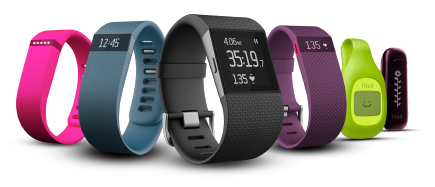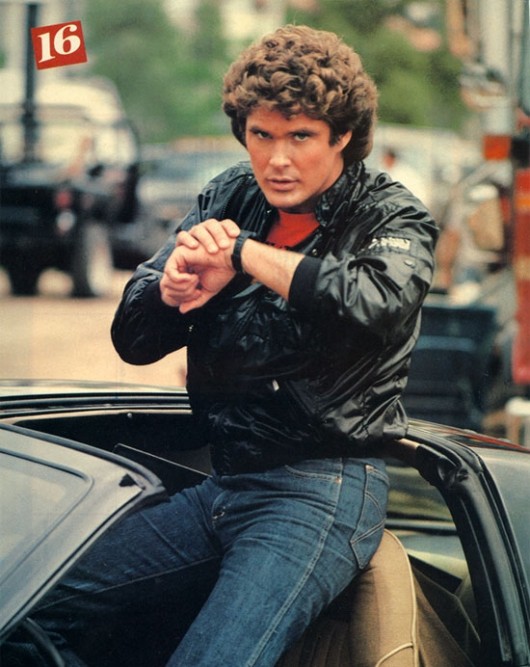Fitness tracker giant Fitbit has reportedly made a bid to absorb smart watch pioneer Pebble in a deal valued at $34-40 million. On its surface this would mean that two independent wearable tech companies are ostensibly teaming up to fare better against their larger rivals in the wearables and fitness tracking space.
But that’s not what’s happening.
Instead, the sad truth is that Pebble’s management seems to have made some dreadful mistakes, leaving Pebble’s valuation low enough for Fitbit to be able to afford an acquisition. Pebble’s got valuable smart watch intellectual property, which includes a developer-friendly watch platform that has over 15,000 apps on it. Sadder still is that the reporting says that Fitbit intends to eventually wind down the Pebble product line and the various services associated with it in order to roll bits of this technology into its own smart watch products. Sad because Pebble’s demise wasn’t necessary. It didn’t have to be this way.
Let’s backtrack a few and take a look at how we got here, yes?
Geeks have been dreaming about computerized everything since before the days of Star Trek (1966). Hand held communicators and watch telephones have always been part of any Sci-Fi hero’s gear suite, and thanks to the Mobile Revolution geeks got their chance to get in on the action back in 2012 when the equally revolutionary crowdfunding platform Kickstarter, was chosen as the vehicle for Pebble, the world’s first modern smart watch.
When Pebble kicked off that crowdfunding campaign, it was asking for something like a $100k. The demand was so high Pebble received more than $10 million. They got so much interest and funding that they were able to deliver a better product than was advertised by making use of a then-brand new technology: Bluetooth Low Energy. This innovation allowed them to create a smartwatch that had a 5-10 day battery — a stat that remains well in advance of rival products from larger organizations like Apple, Samsung, and various Android Wear purveyors.
Pebble’s smart watch shipped with built-in functionality to control a user’s phone’s music playback and see any incoming notifications from and on their wrist respectively. They made it easy for developers to get in on the action. Watch faces galore. Control a GoPro camera or a Nest smart thermostat from the wrist. Had a smart or connected electronic? The sky was the limit!
But the free market had other plans in store for Pebble. Huge tech giants like Apple and Google saw the device’s success and decided they needed a nice piece of share in the market. Rather than start from scratch, each company created a watch version of their phone operating systems. iOS was adapted to WatchOS. Android was adapted to Android Wear. These devices were thicker, heavier, and far poorer on battery life than Pebble’s wearables. Their screens were off by default — the opposite of how a “watch” should work. They were all more expensive, and less responsive than Pebble’s products. A prime example of this unresponsiveness would be the performance of Apple’s first watch, which became available more than two years after the first Pebble (classic) shipped. The cost ranged from $350 to $10,000+ and it was so laggy in interface that it required not just regular software updates, but three complete overhauls of its software in its first 18 months on the market. If you bought an Apple watch when it debuted, you got WatchOS 1.0, and you now have access to WatchOS 3.x, which is unprecedented for a company like Apple, who’s extremely quick mobile phone development moves at a rate of one full revision per year – twice as slowly as WatchOS’s one revision every six months. And that $10,000+ model? It’s now obsolete. Yet with all that upgrading developers still couldn’t submit their own watch faces like they can on Pebble…
That said, with all the disadvantages of these clunkers, the big tech companies had a few things Pebble didn’t; namely brand recognition and access to huge advertising budgets. It was these qualities that ruled the day.
Pebble’s subsequent products were released on Kickstarter, and focused on the hope of loyalty to the brand and virality through word of mouth. Unfortunately, it didn’t quite work out. Products that kept on getting better and better didn’t sell in the numbers it would take to allow the company to successfully grow. Where growth could be gained by combining forces with, say a traditional watch maker or a traditional tech company, Pebble held back. Citizen reportedly offered Pebble $740 million in 2016 to acquire them. Pebble declined. Maybe it wasn’t a good cultural fit. After that refusal no less than venerable tech giant Intel, the company that effectively built Silicon Valley offered Pebble $70 million to be acquired earlier this year. No dice. The company’s chief designer left and went to Intel after that.
With Kickstarter unable to fund all their needs, Pebble was forced to cut valuable staff (around 25% or 40 people). Venture capital helped them raise near $15 million by the Fall of 2016, but by now the $34-40 million price tag Fitbit is reportedly paying will only cover the millions in debt Pebble finds itself in, and leave little left over to show for it when one considers the Citizen and Intel bids from just a few short months ago.
What’s most tragic is that Fitbit’s acquisition of Pebble has always been a good idea. The two companies shared so much, from their initial, unconventional investment strategies**, to their unabashed use of fitness friendly bright colors, their lightweight designs, and shared focus on intensely intimate software experiences. Both companies have also long-filled important niches in their markets, with their durable, focused hardware excelling on battery life for reasonable prices ($100-$250 per unit compared to other devices that begin at $150 and range upward in price).
That’s not to say their products were redundant. Pebble only just got into the dedicated fitness tracker space with the announcement of their Pebble Core add-on and Fitbit’s multiple attempts at smart watches have been abysmal from a design perspective when compared to the rest of the market. While people can debate about whether they like the look of Pebble’s wares, Fitbit’s watches are passable for workouts, but almost unbearable to look at under the cuff of a business casual shirt or blouse.
On the growth side, things are clear. With a Fitbit Charge HR device costing up to $150, a Fitbit watch based on Pebble’s technologies could allow the fitness company to sell products with larger margins, generating more revenue, which would allow Fitbit to compete where it matters — in building brand and advertising.
But it’s not going to be that easy. The fact is that if Fitbit wants to win in the watch space that they plan on investing in with this Pebble acquisition, they’re going to have to keep two very important things in mind. 1st, that Pebble development community — the one that built 15,000 watch faces and apps, needs to be maintained, wined and dined in order to make sure that the new products built from Pebble’s legacy can really shine with their expertise. 2nd? Pebble was planning on launching that fitness tracking device, the Core, with access to Amazon’s Alexa Voice Services.
This would mean that just like “OK Google” and “Hey Siri,” Fitbit/Pebble users would have easy voice access to a chunk of human knowledge through an intelligent assistant while on-the-go. It’s the legacy of not just Pebble, but of the smart watch dreamers of old. They must keep the dreams of geeks alive.
Here endith the elegy.
**Pebble grabbed early funding through Kickstarter and Fitbit’s main capital came not out of Silicon Valley, but from outdoor, fitness-crazed Boulder, Colorado.


